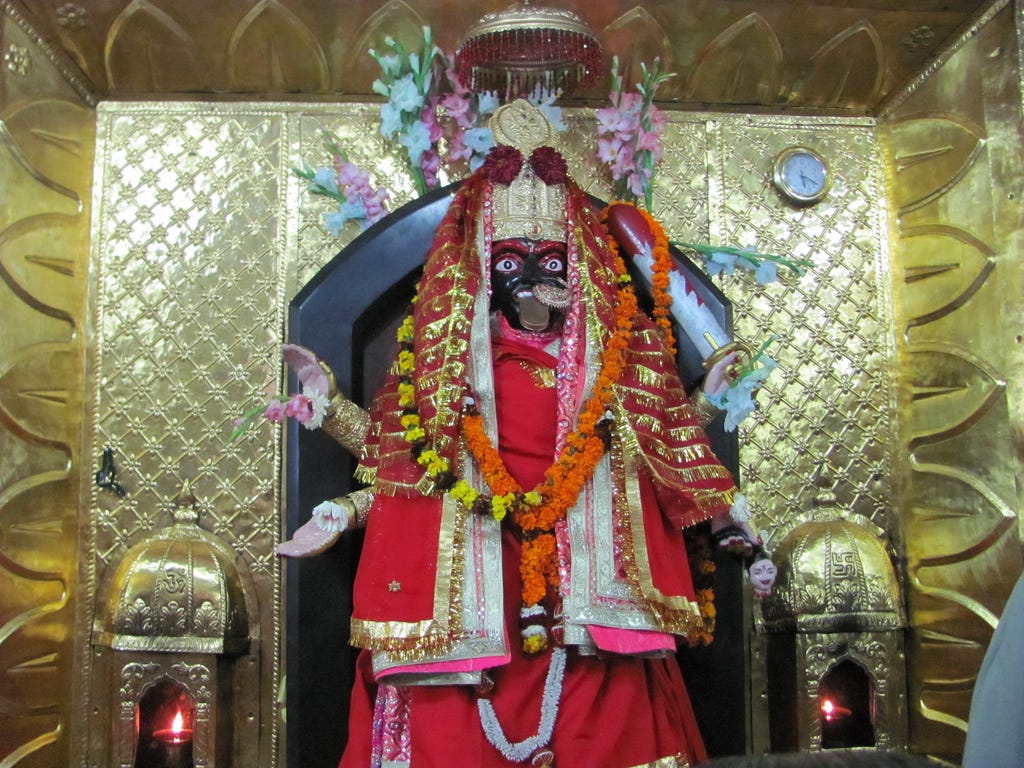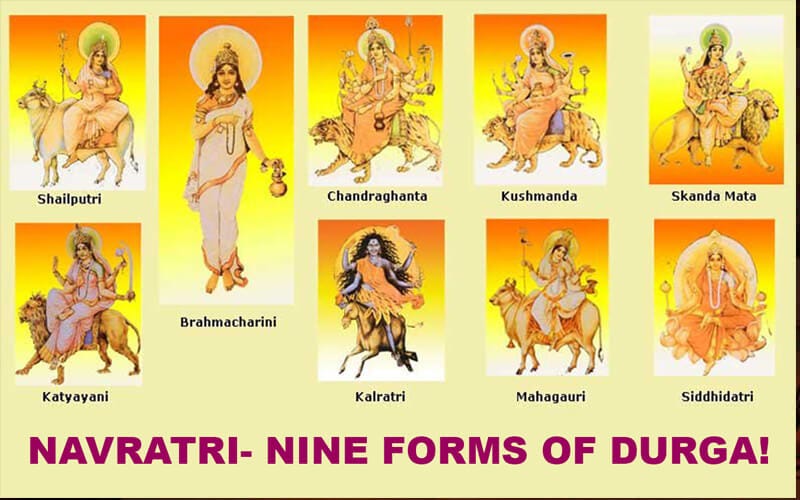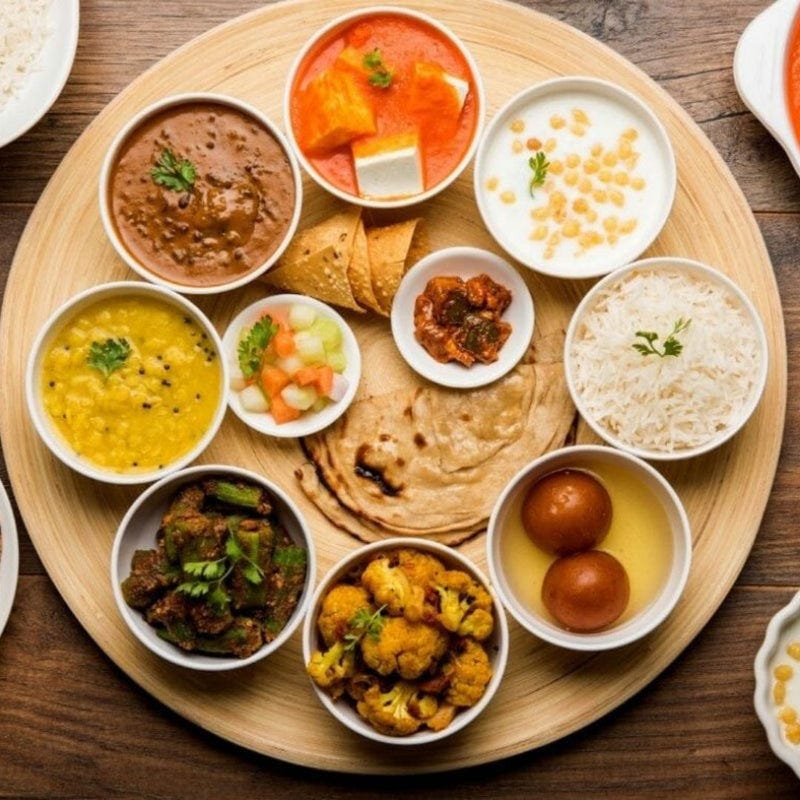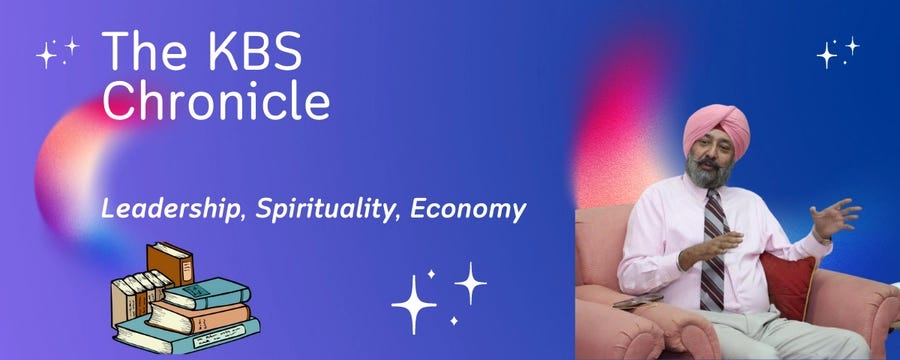Chaitra Navratras: A Journey of Spiritual Renewal and Devotion
Typically fall in the month of Chaitra (March-April) as distinct from the more well-known Ashwin Navratras that generally fall in October and culminate with Dussehra.

The "Gupt" Navratras, often referred to as Chaitra Navratras because they fall in the Chaitra month of the Hindu calendar (typically in March-April), are less well-known as compared to the Ashwin Navratras celebrated in the month of Ashwin (September-October). Chaitra Navratri in 2024 begin today on Tuesday, April 9, and we take this occasion to extend our heartiest felicitations to one all. Both these Navratras, spanning nine days, culminate in significant Hindu festivals—Chaitra Navratri ends with Ram Navami, falling on April 17 this year, while Ashwin Navratri concludes with the crescendo of Dussehra. The Chaitra Navratras are more popular in northern India, and in some regions, these begin with Gudi Padwa in Maharashtra or Ugadi in Andhra Pradesh.
Chaitra Navratri is also widely believed to commemorate the day when Lord Rama, accompanied by his brother Lakshmana and devotee Hanuman, worshiped Goddess Durga to seek her blessings before embarking on his epic journey to rescue his wife, Sita, from the demon King Ravana. Despite their differences in public visibility and the scale of celebration, both periods are deeply significant in Hinduism, embodying periods of fasting, devotion, and rituals and ceremonies dedicated to the Goddess Durga and her various forms.
Significance
Chaitra Navratri: This festival marks the beginning of the Hindu New Year according to the lunisolar calendar. It celebrates the victory of good over evil, symbolized by Goddess Durga's triumph over the buffalo demon Mahishasura. Chaitra Navratri is also significant because it culminates in Ram Navami, the birthday of Lord Rama, one of the most revered deities in Hinduism. This period is seen as a time of renewal, purification, and preparation for the agricultural season ahead.
Ashwin Navratri: Celebrated with greater fervour across India and by the Indian diaspora, this festival also honours Goddess Durga's victory over Mahishasura. It ends with Dussehra, marking Lord Rama's victory over Ravana, thereby symbolizing the triumph of righteousness and dharma over adharma and evil.
Fasting and Rituals
Fasting (Upvas) during Navratras is both a spiritual and physical cleansing ritual. Devotees observe fasts to purify their bodies and minds, offering their devotion to the Goddess. The nature of fasting can vary:
Sattvic Diet: Many devotees consume a sattvic diet, avoiding onion, garlic, table salt, grains, and certain spices. Instead, they eat fruits, milk, potatoes, and other root vegetables, and use rock salt (sendha namak) for cooking.
Partial Fasts: Some devotees may choose to fast completely on the first and last day of the Navratras, consuming a single meal during the other days.
Fasting Rules: The specifics can vary by region and family tradition, with some consuming only water or milk during the fast, while others may eat one meal a day.
Religious Rituals and Ceremonies
Puja and Aarti: Each day of Navratri is dedicated to a different form of Goddess Durga, with specific rituals, including puja (worship), chanting of mantras, and aarti (a ritual of offering light).
Kanya Puja: On the eighth or ninth day, Kanya Puja is performed, where young girls (considered manifestations of the Goddess) are worshiped and offered food and gifts. This more specific to the Ashwin Navratras.
Ram Navami: Special pujas are performed in honor of Lord Rama, involving reading of the Ramayana, singing bhajans, and distribution of prasad.
Story and Significance
The story behind Navratras revolves around the battle between Goddess Durga and the buffalo demon Mahishasura, whom she defeats after a fierce battle lasting nine nights, celebrated as Navratri. This victory symbolizes the triumph of good over evil, of divine power over chaos and disorder. Ram Navami, marking the end of Chaitra Navratri, celebrates the birth of Lord Rama— widely regarded as the avatar of Lord Vishnu— embodying righteousness, courage, and the virtues of an ideal ruler.
From an Indian and diaspora perspective, these festivals serve as a time for communal gatherings, prayer, and reaffirmation of cultural and spiritual values. In the diaspora, these celebrations become even more crucial for cultural preservation, offering a connection to the homeland and an opportunity to educate younger generations about their heritage.
Embracing Universal Harmony
Chaitra Navratri and Ashwin Navratri, despite their differences in scale and visibility, both encapsulate the profound spiritual ethos of Hinduism, emphasizing devotion, moral righteousness, and the cyclic nature of life and nature. These festivals go beyond mere religious observances; they are a profound call for universal peace, mutual respect, and harmony. In the universal context, these times of celebration and reflection remind us of the interconnectedness of all beings and the importance of co-existence in a diverse world. As we honour the divine through these sacred days, let us also commit to principles that foster global harmony and understanding, transcending boundaries to celebrate the unity that underpins our diverse expressions of faith and spirituality. Through the lens of Chaitra and Ashwin Navratras, we are invited to reflect on our shared human experience, encouraging us to work towards a world where peace, respect, and harmony prevail.






